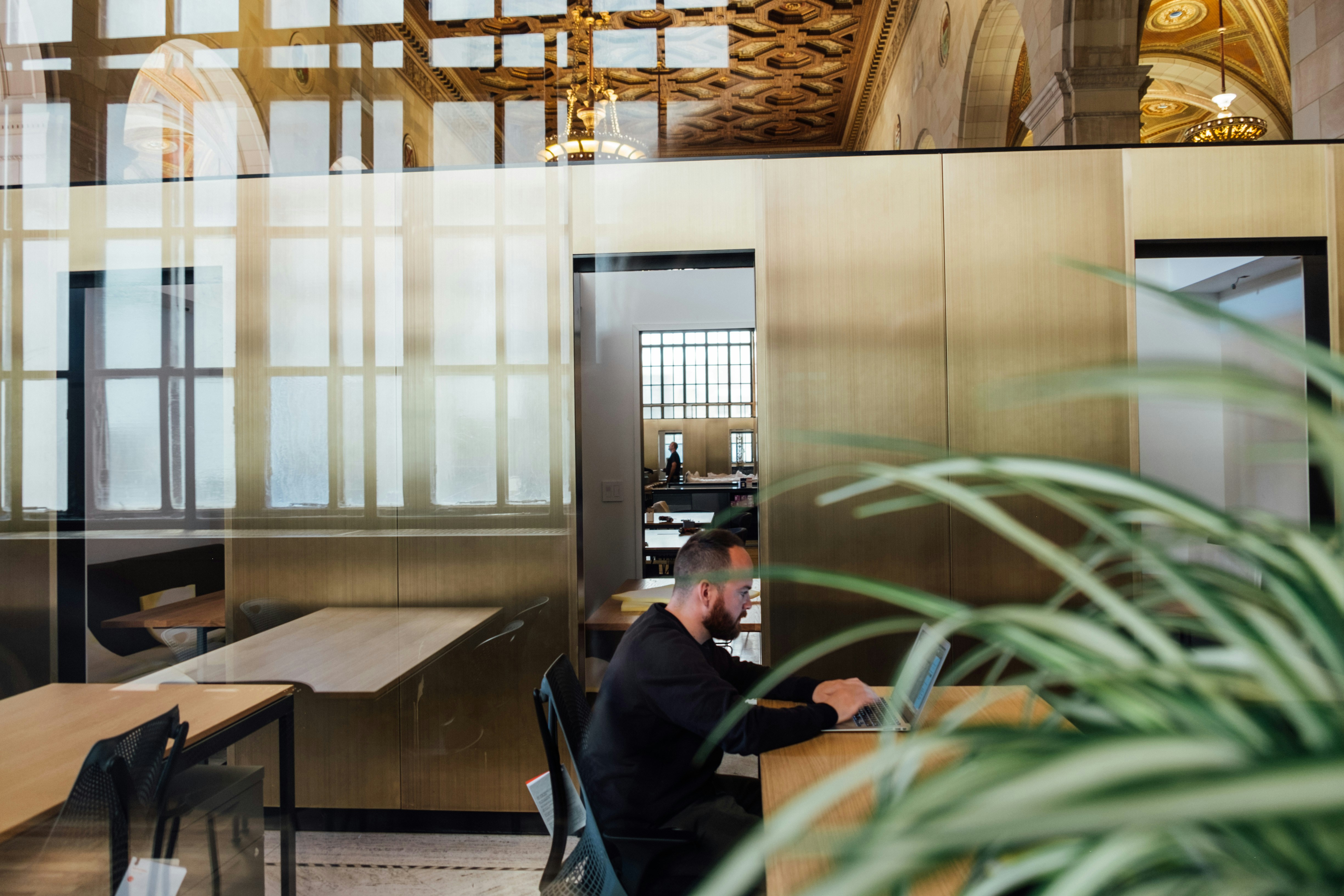


We take a closer look at leading pure play eCommerce retailer Amazon and their click and collect experience for Amazon Lockers. From this high level review we build out some broad principles that can be applied to retailers looking to adopt a ‘Click and collect’ strategy towards the end of this article. We end on some thoughts about future collection methods and a bit of a look into some of the challenges these might present businesses in the future.
Click and collect – How it works
The idea behind click and collect is quite simple. You can place an order online for an item from a retailer such as Argos and have it delivered to one of the Argos store locations of your choice. Why would you do this? Well you might want to pick the item up on the way to work, or on the way home rather than having an attempted delivery take place whilst you are out. Also some items are not able to fit through the letter box of the average home.
Both Argos and John Lewis have physical stores where you can buy goods in person, whereas Amazon is a pure play eCommerce site and does not have any physical stores and purchases are all online. However, Amazon has recently been trialling storage lockers at locations such as the Finchley Central and Newbury Park tube stations in London and this review focuses on this experience rather than the click and collect experience for a physical store.
Click and collect – Why bother?
Retailers have to stay ahead of the game and have an effective online and offline strategy in place if they are to compete in an ever widening technology focussed retail landscape, and to be considered true omnichannel players. It really does not feel that long ago that we had to take a day off work for some deliveries or even installation of services such as broadband or satellite TV as the delivery time or installation time could not be narrowed down.
This is an area that is still being refined but some retailers got onto this early sending text messages and emails to inform you of your delivery time slot to more accurately predict the time you needed to be at home on the day. Also for more urgent fulfilment, services like Shutl have sprung up on websites with retailers like Argos offering consumers same day delivery down to specific timeslots, with the consumer paying a premium on delivery rates (great for those needing an item really urgently).
Customer’s have long been known to be price sensitive but I feel retailers have had to adapt to push a variety of customer delivery options over just the price point. One of these is click and collect, putting the customer in control of when they collect the item and where.
Amazon’s Click and Collect process
Amazon’s Click and Collect process is by and large pretty good. There is a bit of an assumption you are familiar with the way Amazon works during the ordering process but overall the findings were not critical based on our quick review of the process. We wanted to not only test the online experience but the joined up process including collection of the actual items from the lockers.
Step 1 – Choose your location
Choosing a location is relatively straight forward and this sits just underneath any predetermined Delivery address you have setup in your account. Amazon tends to prefer the phrase ‘pickup’ rather than ‘collect’ throughout the order process.
Amazon is quite smart in that it can establish which items are too big for the collection lockers so if you select predefined lockers from your delivery list, it will let you know that the item is too big.
Step 2 – Refine your location list
The options here seem to be ordered by distance to location but also take into account other factors such as opening times during the display of the results set. For first time users the name Amazon has given the locker e.g. ‘Zinnia’ is a bit cryptic, and it took me a few seconds to realise what this was. There is no where obvious on the page to get more information about this if the name was causing confusion for some.
Step 3 – Order confirmation messaging
The messaging you receive by way of an order confirmation seems to be quite straight forward and informative with clearly marked options to get more information or additional help which is good.
Step 4 – Delivery confirmation and unlock code
A further message is sent out which details your code to unlock the locker, and you also have the option of using a barcode scanner at the locker, for those wanting to print out or show the barcode from their phone. We tried both methods and found the scanner took a few goes as the piece of paper we had was a bit crumpled, but it did recognise the barcode.

Step 5 – Locate the physical Amazon Locker
This seemed to be the part of the process that was actually the most challenging and is probably one of the hardest for retailers to influence and control. We visited both the Finchely Central tube location and also One New Change locker at St Pauls.

There was no signage inside One New Change as to the location of the locker on any of the main signage areas.

Once you have located the physical storage locker, you will need to enter your code to unlock the locker.
The buttons were nice and big to allow for any mistakes when keying in, which is part of good kiosk design.

Step 6 – Wait for the locker to open
Once you have entered your code successfully the screen changes to inform you that the locker is now open. We ordered several items and found the signage to be confusing informing you which locker was open. The arrows imply that the open locker could be up or down e.g. anywhere in the column. Additional design could have been implemented here such as lights and sound to indicate the locker which is opening in addition to onscreen confirmation of the locker number or layout within the overall storage unit.
Click and collect – 8 Customer experience principles
Having reviewed Amazon’s approach to click and collect we have established the following high level experience principles that aim to help other pure play eCommerce retailers looking to add ‘Click and collect’ to their own omnichannel strategy:
- Be clear on the exact collection location – Whether this be an existing store, a partner network store, or a storage locker, it is important to ensure the customer knows where they are ordering to during the online ordering process.
- Offer instant support – If a customer is having problems collecting an item, they need instant support. Make sure your customer service channels can handle these customers and respond immediately. Provide multiple help routes.
- Size limitations – Size really does matter! Not all items can be ordered to all locations so make sure this is clearly signposted to the customer during the online ordering process so they know they cannot order that item to the storage locker, and offer them alternative channels where possible.
- Braving the elements – Some storage locker locations are outside, so be mindful that not all goods (or people for that matter) will travel well when taken into bad weather. Excessive sunlight can make outdoor screens on collection facilities hard to read and also use.
- Signposting – Ensure a customer can locate the collection locker even at night time. Several of the lockers we ordered too were very hard to find and badly signposted.
- Security – Given a customer might be collecting a valuable item at night, ensure any storage lockers are well lit and have adequate security measures such as CCTV in place.
- Affordances – Ensure any interfaces for storage facilities have large enough buttons and hit areas to use in a hurry.
- Returns – Returning an item through a storage facility should be as easy as collecting it. Make sure this process is clear.
‘Click and drone’ – What the future might look like
Ordering goods online to storage lockers is a growing trend and it seems that Transport for London is trying to entice more and more retailers to take this approach with storage lockers along the tube network. The idea seemed to originate in Tokyo in Japan and Tokyo station is one of the busiest train stations in the world. Whilst these lockers are not a new concept and have been around in trial period for a few years, I wanted to close on some thoughts about click and collect in the not too distant future to serve more as thought provoking discussion points than anything else.
With the press reported recently that both Google and Amazon are trialling drones for delivery, this raises an interesting question around location e.g. collection and delivery could in theory be in any location you can get to using your mobile phone as the indicator. This raises additional questions around ethics and safety. Could knowing our exact location for delivery e.g. pairing with a mobile device be misused or a cause for concern if the data was obtained by another third party who had slightly more devious intentions?
If this type of service becomes popular perhaps there would be the need for predefined flight paths for drones in addition to pilot operated drones. Multiple drones in the sky might open up new business opportunities for insurers e.g. ‘Drone insurance‘ to cover businesses against in air drone collisions e.g. Amazon drones flying into Google’s drones. Will we also need air traffic controllers for delivery drones to ensure safe arrival of our goods and manage the volume and flow of drones? Will there be a seasonal peak for more drone drivers around Christmas or on ‘Cyber Black Friday’ to handle the rush?

All these are real questions and concerns to think about going into the future. Companies need to innovate to stay ahead of the game. Whilst delivery drones might feel a but futuristic, the reality is they are already here, given the launch of DHL’s world first ‘drone delivery service‘. What delivery options might you be considering adding or improving for your existing customers in the near future in order to delight and win the race for retailer dominance?





Ben is on hand to answer your questions.


Please fill out the form below and we will get back to you as soon as possible. For jobs and work experience opportunities, please visit our careers page.

.jpg)

.jpg)
.png)


.svg)




.png)

